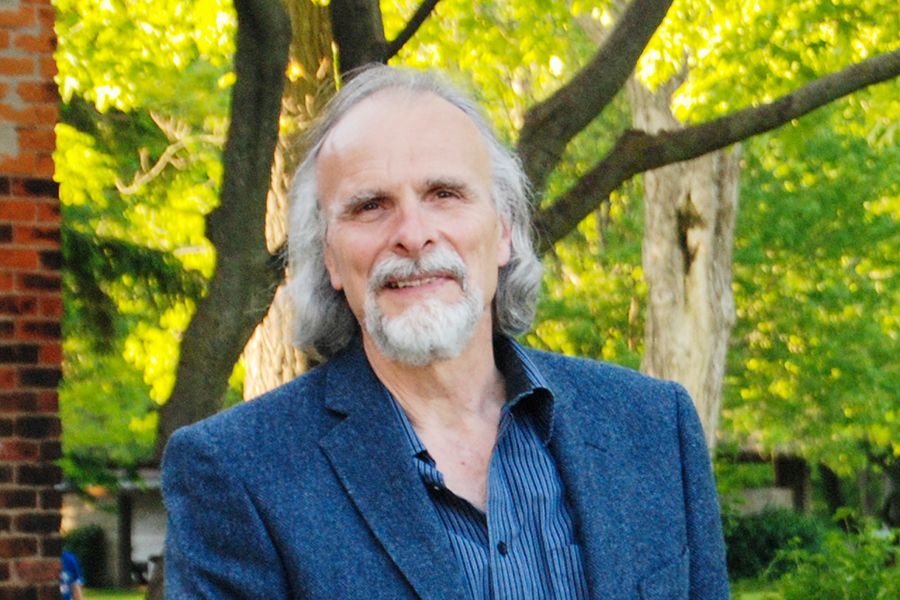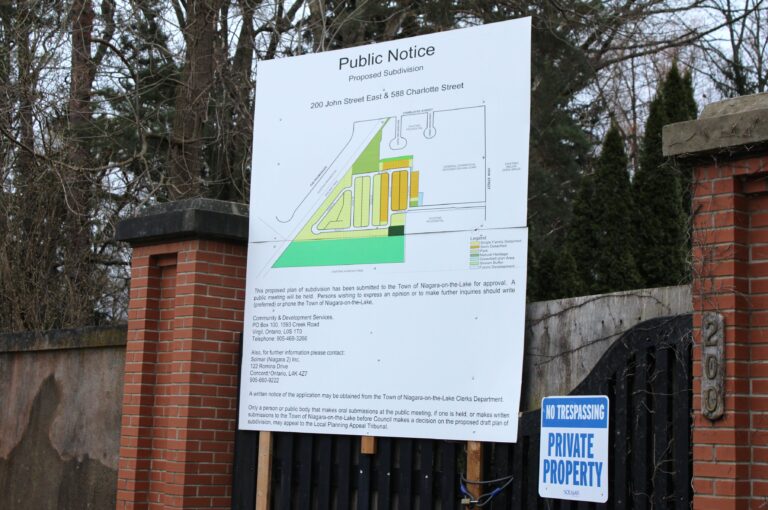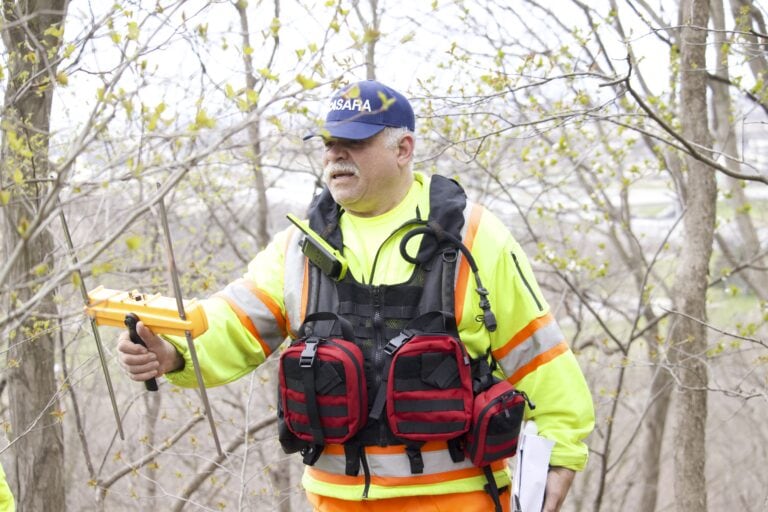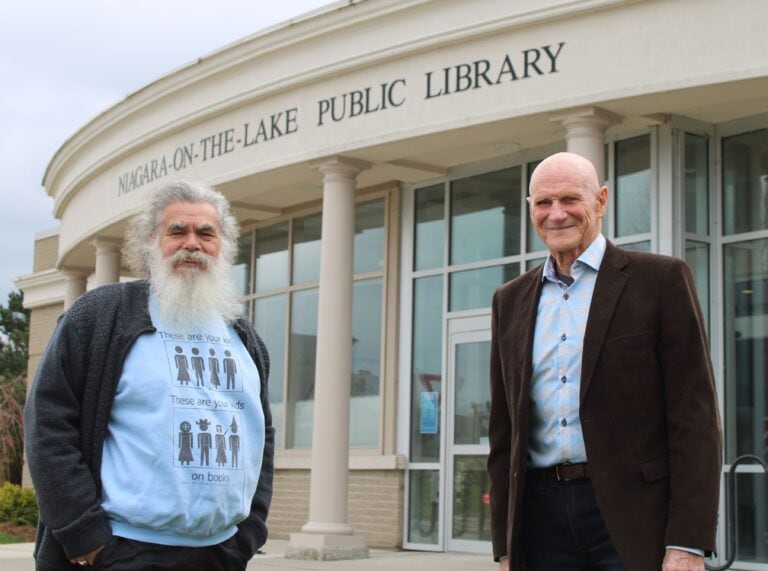My wife has a mantra she developed during her successful career as the CEO of an international corporation. It goes: “If you always do what you’ve always done, you’ll always get what you’ve always got.”
Today, the province of Ontario and, by default, its regions and municipalities, face a housing crisis.
In the last six decades, the answer has been to create milquetoast suburbia around our existing towns and cities on the best agricultural land in Canada. Moreover, those same towns and cities are dealing with antiquated service infrastructure that does or will require massive investment, particularly should demand on those services increase.
Sadly, the recommendations from the province’s Housing Affordability Task Force (see Arch-i-Text Feb. 24) ignores these challenges and simply digs deeper into the worn ruts we’ve driven down in the past.
Perhaps it is time we stop “doing what we’ve always done,” understand that the few old surviving paradigms are adequately addressed by our existing urban centres and create a vision based on the new realities of the 21st century and beyond.
Consider that the last two pandemic years have shown that the majority of the employee functions necessary to business (both public and private) can be remotely performed and several recent published studies suggest measurably higher levels of productivity by employees working from home.
In the same vein, a substantial number of young families have taken advantage of this new remote work opportunity and migrated out of the GTA to relocate in smaller population centres across the province. As an example, the small town of Smooth Rock Falls in far-flung northeastern Ontario, has grown by 60 families in the recent past.
Further, there are no longer any practical economic justifications for the province’s new businesses and population growth to be concentrated in the traditional regions of south and southwestern Ontario. On the contrary, there are a multitude of economic reasons, underwritten by many 21st-century technologies, why not to do so.
The report of the Ontario Housing Affordability Task Force states this province will require 1.5 million new dwellings built in the next 10 years. If we accept this number as accurate, this equates to a reasonable-sized city. That being the case, why don’t we locate a greenfield site on the Canadian Shield and build one?
I know on the face of it this suggestion sounds ridiculous. I can hear people thinking, “Do you have any idea how expensive that would be?” And, my response is that it would be at least 15 per cent less than the cost of incorporating 1.5 million new dwellings in or around existing towns and cities, not to mention the benefit of protecting our precious farmland and natural ecosystem.
I’d like you to imagine a LEED-built city: designed from the ground up to be liveable, physically defined by universally accessible public spaces and parks that promote community. Its pedestrian mobility options, public transit systems and roadways logically designed for ease of users. Architecture and landscape design that is integrative from climatic and ecological contexts. And cutting-edge technologies incorporated into every building and service.
While it may strike you as a fantasy, I’d argue it is the only fiscally and socially responsible answer to this province’s dilemma.
Nor am I relegating existing towns and cities to the dustbin of the past. Just the opposite, this solution would provide them with the “breather” necessary to retrench and evolve (perhaps led by New Urbanism) to meet the demands of the next 100 years.
Let’s stop being reactive and become proactive, if for no other reason than our taxpayers’ pocketbook.











